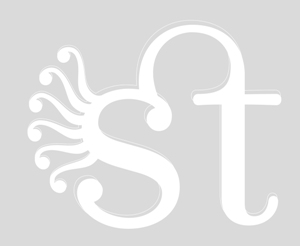This article proposes a rereading of the work Micographia by Robert Hooke. It proposes that the main theme from this book that played a part in 17th century debates about natural history was not the description of the structure of cork, but instead other observations made particularly in sections XIX and XLIII. In the first, he describes in minute detail the young of an aquatic mosquito Culicidae (larva and pupa) and its metamorphosis to the adult stage. In the second, he discusses the problem of spontaneous generation of insects. These observations show that Hooke was aware of the great debate taking place in the natural history of the time. He positioned himself clearly on the origin of the "aquatic insect". He acknowledged some cases of spontaneous generation of insects such as "worms" of galls of plants, and the "metamorphosis" of plants in animals. Thus, Robert Hooke, appropriately, can be considered a natural philosopher, who possessed knowledge and ideas in all areas of science of his time, and to which has remarkable contributions.
Hooke; Micrographia; Spontaneous generation; Metamorphosis; Insects





